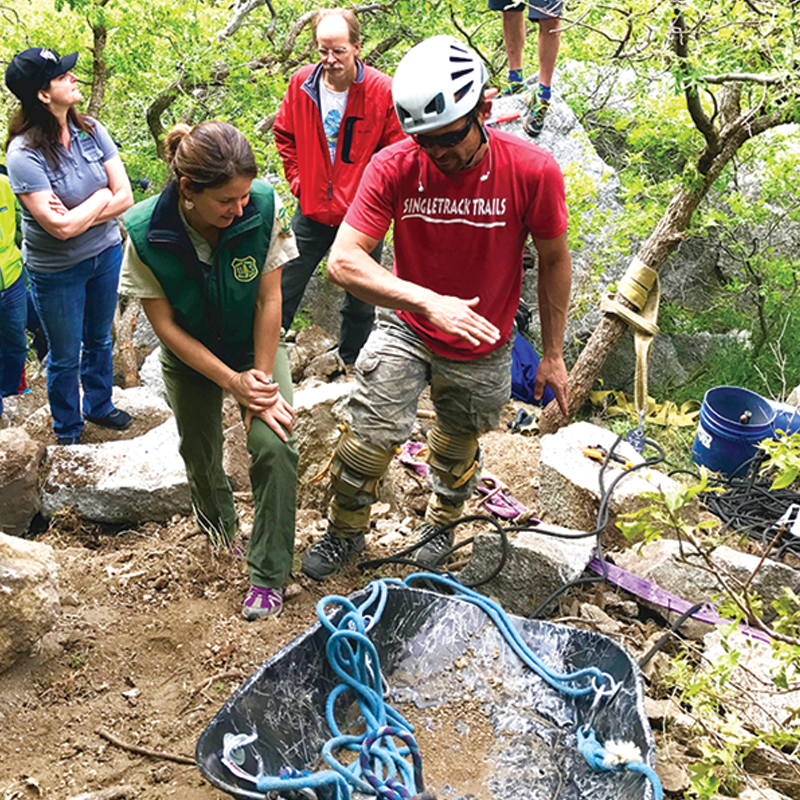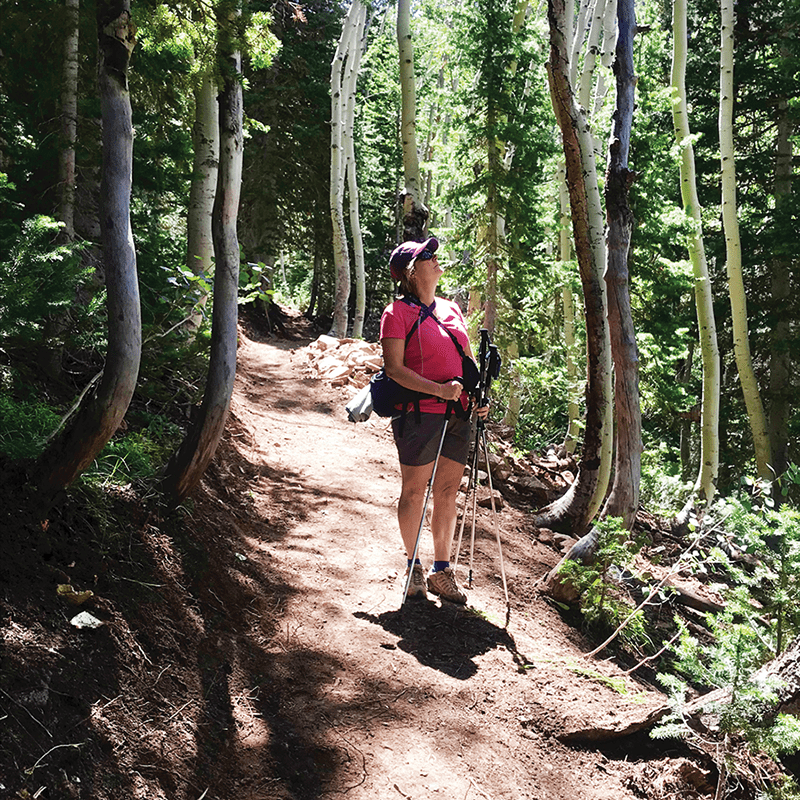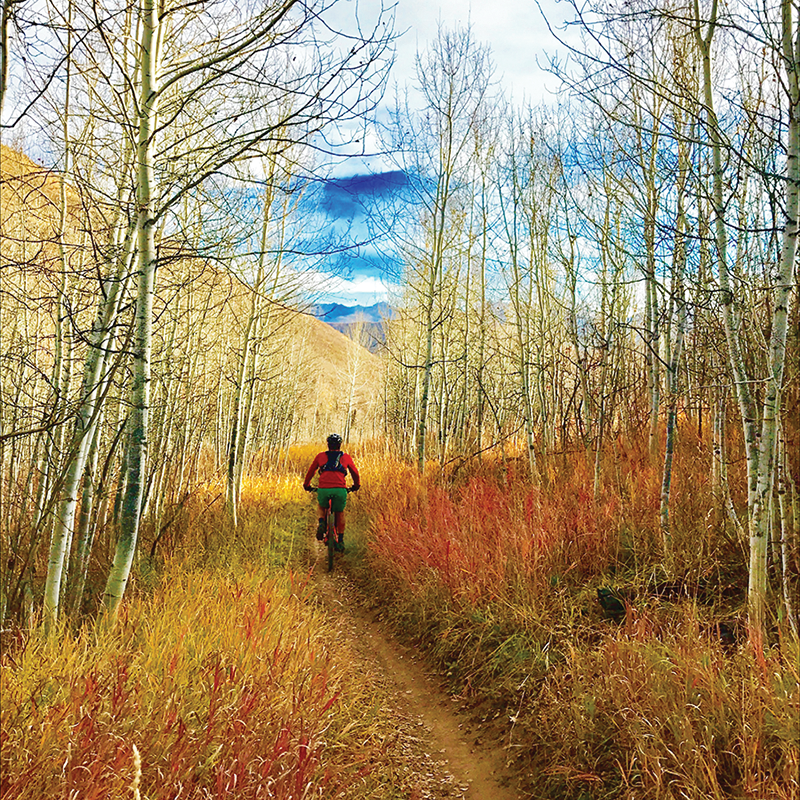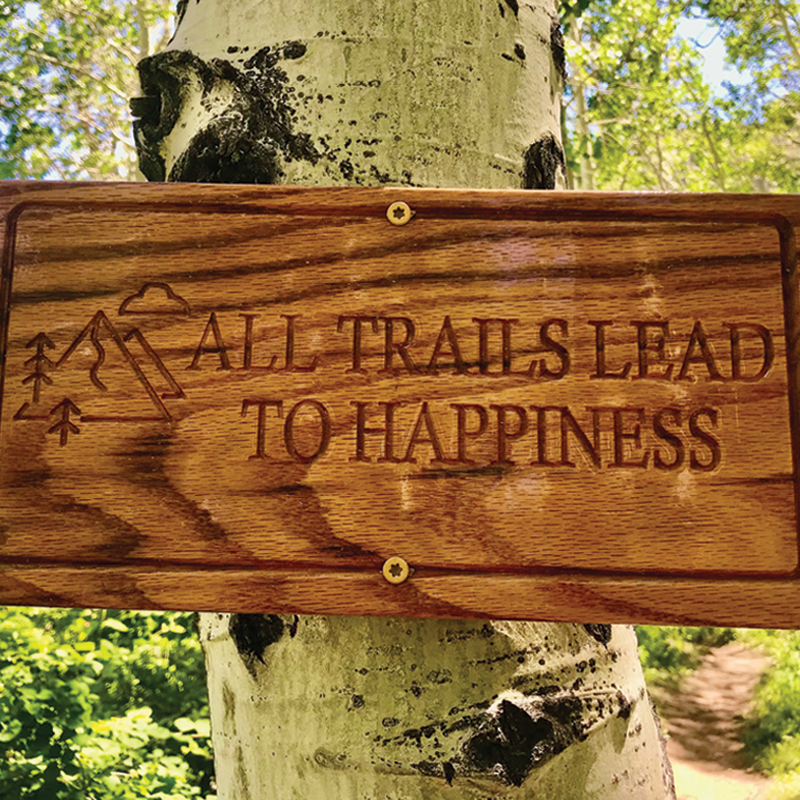Trails that provide access to natural, open spaces are now one of the most popular recreational amenities for Utah communities and it is not because everyone is suddenly developing a love for Lycra and committing to an extreme sport training regimen. Trails that traverse nearby undeveloped open lands allow for time outside and an opportunity to get exercise, breathe, unwind, and connect to the natural world and landscapes that inspire us.

The physical health benfits of getting out for a walk, hike, or a bike ride, even if it is for only 30 minutes a day, is astonishing and include much more than better cardiovascular and muscle fitness. Increased metabolism for weight loss, improved digestion, and better sleep quality are some of the other benefits that provide significant positive impacts for long-term health.
It is now estimated that almost 25% of elementary children in Utah are overweight and half of those are obese. These numbers, from the Utah Public Health Data Resource, are even worse for adults with a startling 60% of adult Utahns now classified as overweight and 30% as obese. Chronic illnesses such as heart disease, high blood pressure, diabetes, and killers like cancer are associated with obesity and are directly linked to sedentary lifestyles. These conditions are an enormous burden to our health care systems and cost our society millions in lost productivity.

Trails, one of the lowest-cost recreational amenities for communities, can easily help provide the 2 to 5 hours a week of moderate physical exercise that can make a key difference in the health of Utah residents. Our overall physical, psychological, and emotional wellness is bene ted by trails that work to improve the overall quality of life for Utahns and make Utah communities great places to live.
Through history people have moved out over the landscape creating trails for a variety of reasons. Traversing through terrain to gather food, hunt, trap, explore, and later settle the land created routes that humans have used for hundreds if not thousands of years. As the land was settled, miners built cart paths and roads to get to the mines and haul ore, ranchers traversed mesas, valleys and high plateaus moving their cattle, and sheep drovers often pushed their animals down through creek drainages to keep them together.

Hikers and bikers still use many of these trails to explore and get out into the country and sometimes create their own trails. Many trails have evolved to follow the easiest, most direct path and often follow ravines, creek beds, and streams. These types of trails are notorious for becoming stream channels themselves, collecting and moving water down steep grades creating deep erosional scars.
Trails work to knit people together and make for lived in and celebrated community spaces.
Today trails act a lot like front porches did in the past, allowing space for casual encounters with neighbors when they are at ease and can genuinely engage. A chance meeting with neighbors out on a trail when everyone is relaxed and you are on neutral, native ground is a great time to connect on a level that is meaningful on both a personal and community level. Trails work to knit people together and make for lived in and celebrated community spaces.
Finally, trails have a very special place in the heart and history of Utahns. Those who settled both mountain and desert valleys of the state came into the country on trails, well-worn paths etched in the earth that tell stories of hardship but also of perseverance, strength, and ingenuity. Like rivers, trails have worked to move people into and through our landscapes for millennia. In some places those trails have disappeared beneath asphalt roadways but in many others they still exist, even if they are just whispers between canyon walls, wagon ruts through a valley, or a way over a mountain pass. Spending an afternoon, an entire day, or maybe several days traversing through one of Utah’s sprawling landscapes helps to reinforce our connection to our histories and to the land itself.

The public land management agencies tasked with caring for our open spaces and the increasing demands placed on them simply do not have the resources to address current trail maintenance and development needs. Trails Utah has partnered with a number of these agencies, including the Uinta-Wasatch-Cache National Forest, Salt Lake City Watershed, and Utah State Parks to assist them in providing for trails recreation and protecting our shared resources. Through the work that we do to coordinate and fund trail planning and construction we are aiding our land managers, creating healthy lifestyle opportunities for Utah residents, and making Utah’s communities better places to live and do business. We hope you can support us in our mission.
